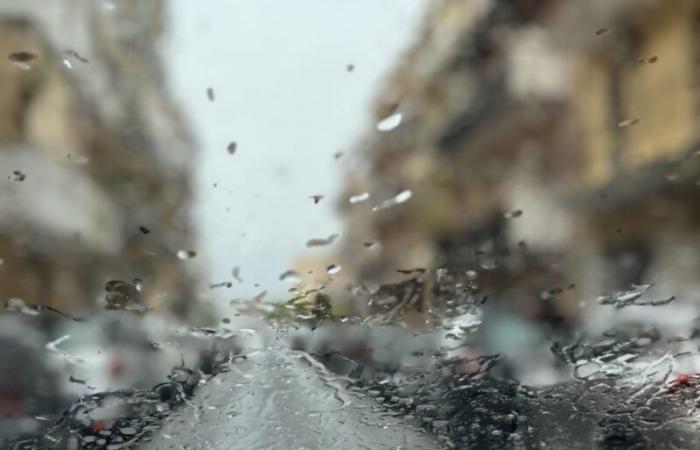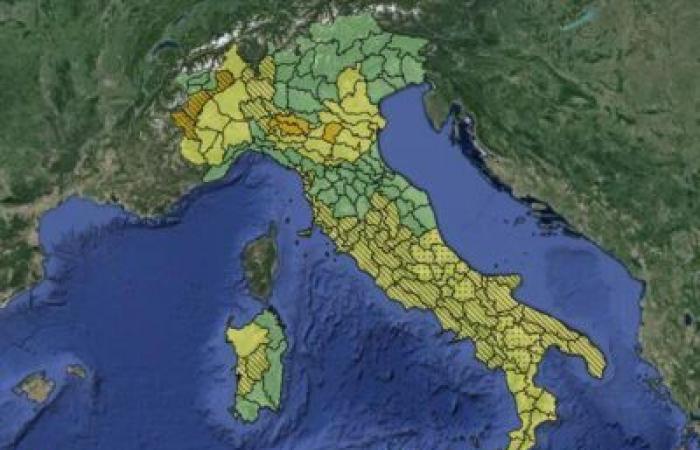Venice, Genoa, Padua, Rimini and Bologna are the most exposed provinces
(SAY) Rome, 20 June. – In 2023 alone, according to Legambiente, there were 118 flood events. A fact that should not be underestimated if we consider that in Italy there are 225,874 local business units in areas at high risk of flooding. This is stated by a Gea-Green Economy Agency elaboration on ISPRA data presented during the #Gef24 – Green Economy Finance event, organized by the Withub editorial group, together with Eunews, Gea-Green Economy Agency and Fondazione Articolo 49. At the center of the second part of the event – ’Coping with climate risks: the role of insurance’ – a debate on the need to protect the economy from the negative impacts of the climate crisis.
The provinces that have multiple business units (not only the registered offices of a company are included but all the places of economic activities) in high risk areas, in fact, are those of Venice, Genoa, Padua, Rimini and Bologna. This data is fundamental for quantifying the problem, managing it and defining intervention priorities. But where are the companies at risk most concentrated? Normalizing the risk data with respect to the size of the city or province, it appears that Genoa is the province with the greatest density of local business units in a high risk area, i.e. with an estimated probability of recurrence of floods every 20-50 years .
In detail: EARTHQUAKES IN ITALY. 121.9 BILLION EUROS SPENT SINCE 1968 – Among the natural events that have caused the most economic damage in Italy we find earthquakes. Gea, with the study center of the National Council of Engineers, has calculated public spending for large earthquakes: from 1968 to today we have spent 121.9 billion euros for the reconstructions of 8 major seismic events – Valle Del Belice, Friuli Venezia and Giulia , Irpinia, Marche-Umbria, Puglia – Molise, Abruzzo, Emilia, Amatrice and Central Italy, equal to 2.17 billion per year.
PREVENTION AND INSURANCE – But why is Italy so exposed to climate risks? First of all, our country lacks a culture of prevention, according to the ASviS data contained in the Policy Brief ‘Policies for preventing and combating hydrogeological instability’, in the period 2013-2019 compared to 20 billion euros spent on emergencies, 2 billion euros , only 10%, were invested in prevention.
But not only that, Italians take little insurance: the percentage of homes insured against natural disasters, earthquakes and floods in our country is equal to 5.3% of the total (Gea re-elaboration based on Ania data). And things are no better for our local companies: only 5% of micro-businesses (equal to 4.3 million, 95% of the total) have insurance against climate risks.
In this sense, the new Financial Maneuver provides, for all companies registered in the business register, the obligation to insure land, buildings and machinery against calamitous events by 31 December 2024. Riccardo Cesari, member of the Ivass Council, spoke on the panel. , Maria Siclari general director of Ispra, Dario Focarelli general director of Ania, Francesca Brunori Confindustria, director of Credit and Finance.







